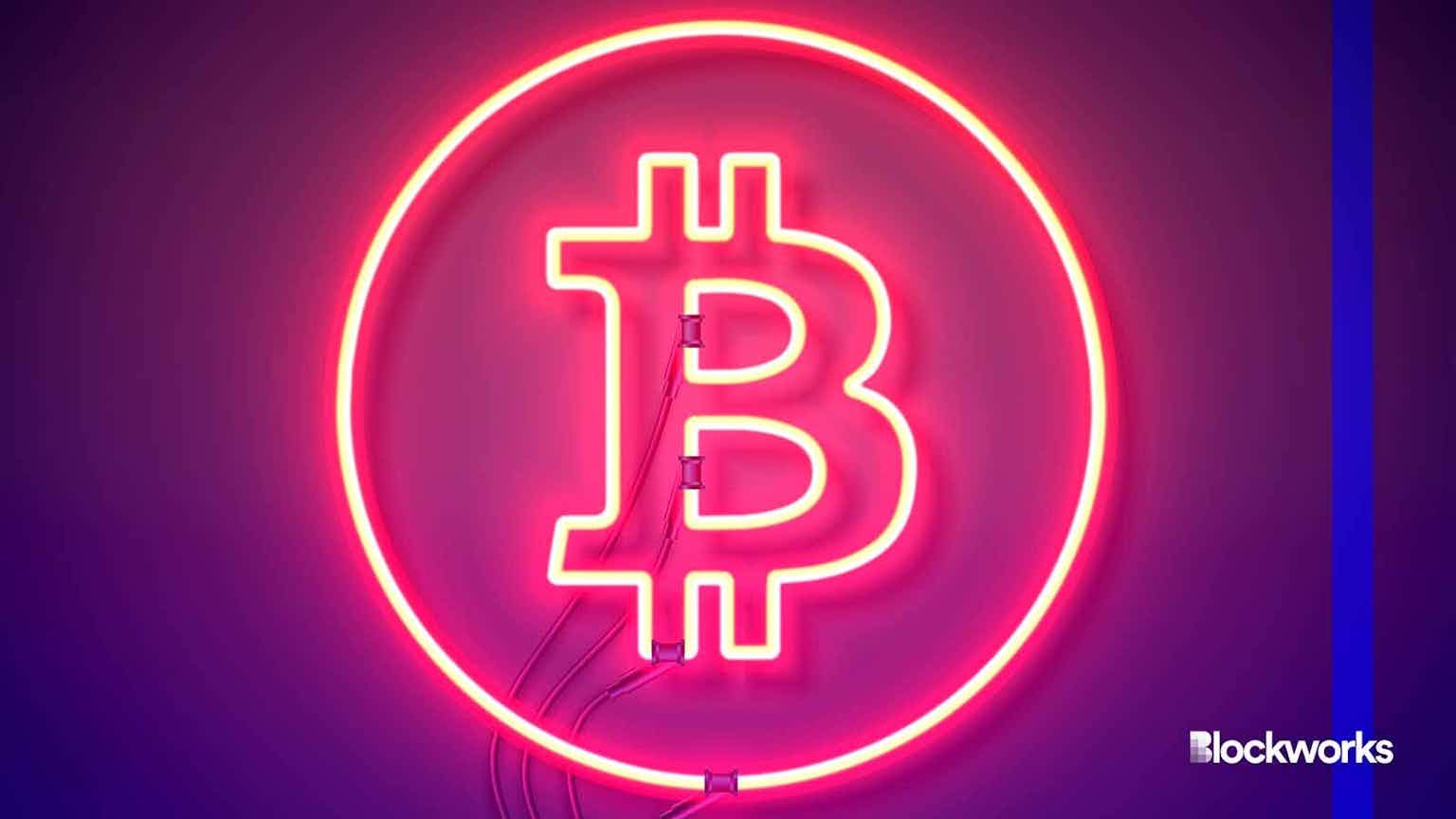If you still think bitcoin is scarce, you’re suffering from fiat brain
Bitcoin scarcity is a meme, with or without the halvings

Kevin McGovern/Shutterstock modified by Blockworks
Bitcoin is not scarce and it’s not going to become so after the halving next week.
Don’t let anyone tell you otherwise.
Yes, Satoshi Nakamoto coded Bitcoin with a supply limit of 21 million BTC. Bitcoin supply is finite. But that doesn’t make BTC, the currency, at all rare.
We’re largely accustomed to this by now, but one of bitcoin’s most appealing features is that each coin is extremely divisible, up to eight decimal places, making 100 million satoshis (sats) per bitcoin.
Dollars meanwhile only divide out to 100 physical cents, two decimal places, or at most, 1,000 mills to three decimal places.
Read more: Why is 2140 the end of bitcoin inflation?
Now extrapolate all those sats to the current circulating supply of bitcoin. 100 million sats in 19.68 million bitcoin makes 1.968 quadrillion sats. And sometime in 2140, when you and everyone you know will be floating about the great Bitcoin citadel in the sky, there will be 2.1 quadrillion sats.
The base money supply of the US dollar is currently less than $5.9 trillion and the much broader M3 is under $20.8 trillion. A quadrillion has 15 zeros, a trillion has 12.
If bitcoin is scarce, then so is the US dollar.
For what it’s worth, Gizmodo tried to grasp just how large a quadrillion really is with a Sour Patch Kids thought experiment in 2013. It scaled 100 candies laid out in real life to a quadrillion virtual ones across New York City, and found a jelly cube of that size “covered most of Downtown Manhattan.”
It’s true that only 21 million people can ever own one bitcoin each. Around 1 million addresses have at least 1 BTC right now, and that number is slowly growing, although it’s not knowable how many of those are owned by the same person, nor how many exchange accounts have million-dollar bitcoin balances.
Read more: Here’s what the current state of Bitcoin development looks like ahead of the halving
There are also 53 million Bitcoin addresses that have one satoshi or more. If the current supply were suddenly sent to those addresses, each would net more than 37 million sats ($25,500).
With this in mind, bitcoin is not scarce. That’s the fiat brain talking — it automatically goes to the largest unit when considering bitcoin as a currency. Your fiat brain does the same with dollars, euros, leprechaun gold and tacos.
The reality is that sats are just incredibly cheap right now, $0.00069 each, so few consider them.
If every sat were worth the current price of a whole BTC, then an even distribution would give every human alive $16.7 billion BTC. Do the same with all addresses containing at least one sat and each would net $2.5 trillion.
A few years back, there was a push to find a symbol to represent the satoshi but nobody could really agree.
With scarcity on the fiat brains of everyone watching the Bitcoin halving next week — crypto’s own solar eclipse — what better time to revisit the idea of pricing BTC in sats, rather than whole coins. Plenty of those go around.
Start your day with top crypto insights from David Canellis and Katherine Ross. Subscribe to the Empire newsletter.





